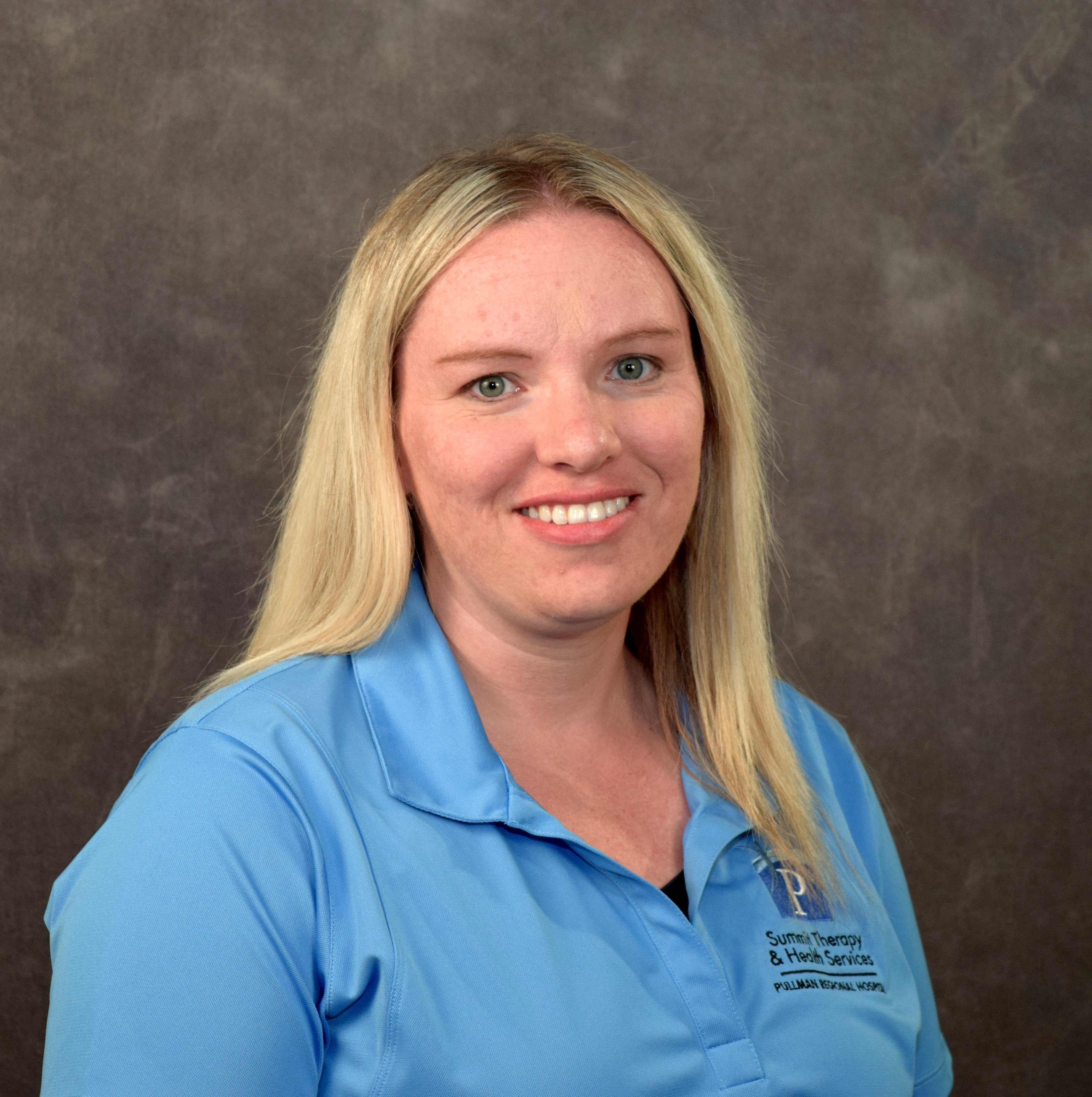Pediatric Pelvic Health
Urinary or fecal incontinence, bed-wetting, and constipation are very traumatic conditions for children to experience. These can lead to issues at home, at school, and with friends and family members. Physical therapy may help your child with these conditions. Holli Parrish, DPT, and Kim Fletcher, DPT are specially trained in Pediatric Pelvic Health Physical Therapy and are dedicated to helping your child, while making treatment fun and interactive.
Pelvic therapy treatment can help the following:
- Stress incontinence (urine leakage with jumping and playing.)
- Urge incontinence (strong sudden urges)
- Pelvic pain
- Constipation
- Fecal Incontinence
- Giggling Incontinence
Physical therapy treatments include:
- Pelvic floor muscle training
- Surface EMG
- Manual therapy for the pelvic floor and hip musculature
- Joint Mobilization
- Patient-specific exercises targeting the pelvic floor musculature
Frequently Asked Questions
Pediatric Pelvic Health Providers

Kim Fletcher, PT, DPT, PRPC
Physical Therapist | Certified Pelvic Rehabilitation Practitioner
A Moscow native, Kim returned to the Palouse following graduation from Eastern Washington University with a Doctorate in Physical Therapy. After working many years as an outpatient orthopedic physical therapist she sought further education to allow her to better serve patients with pelvic dysfunction, pregnancy and postpartum conditions. She has gone on to earn her Pelvic Rehabilitation Practitioner Certification (PRPC) after several years of focused work in the area of Pelvic Rehabilitation.
Special interests in the area of pelvic health include pregnancy and postpartum conditions, coccyx dysfunction, incontinence, bowel dysfunction, and pelvic pain. Outside of work she enjoys spending time with her 2 children, playing hockey and golfing with her husband.
